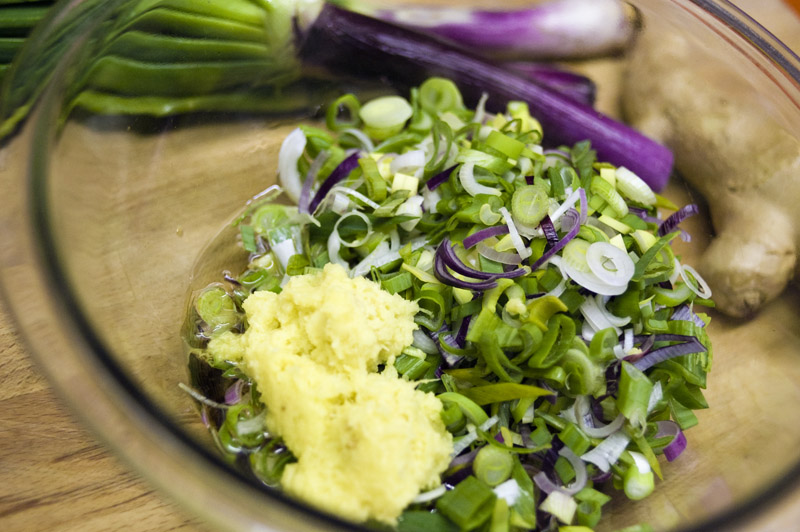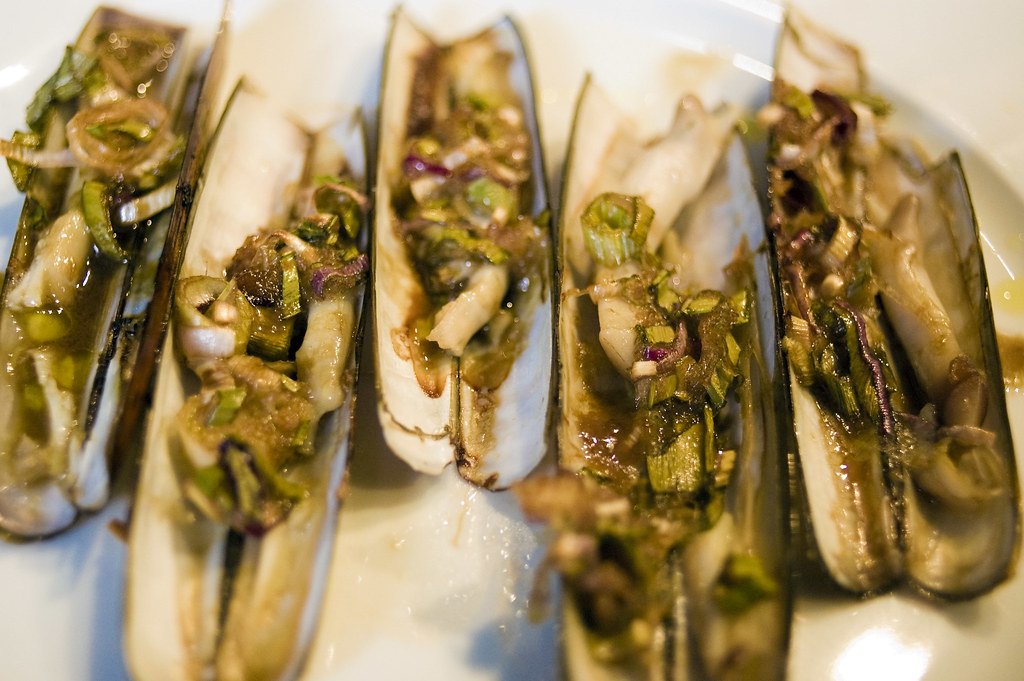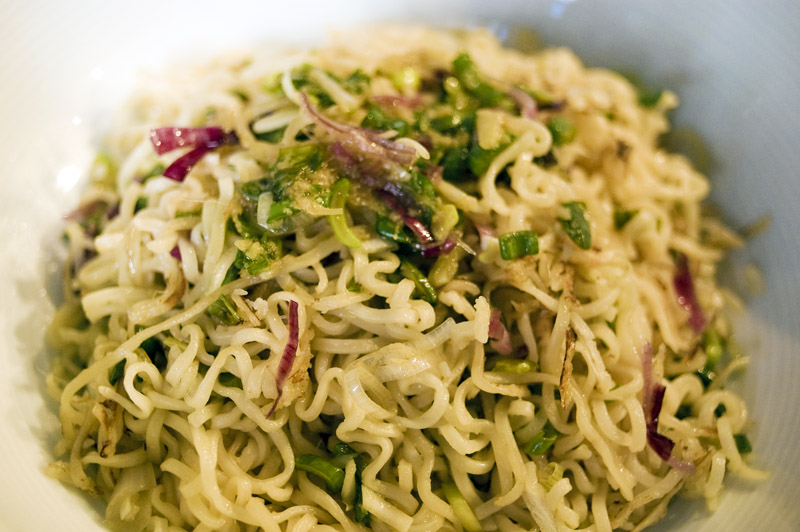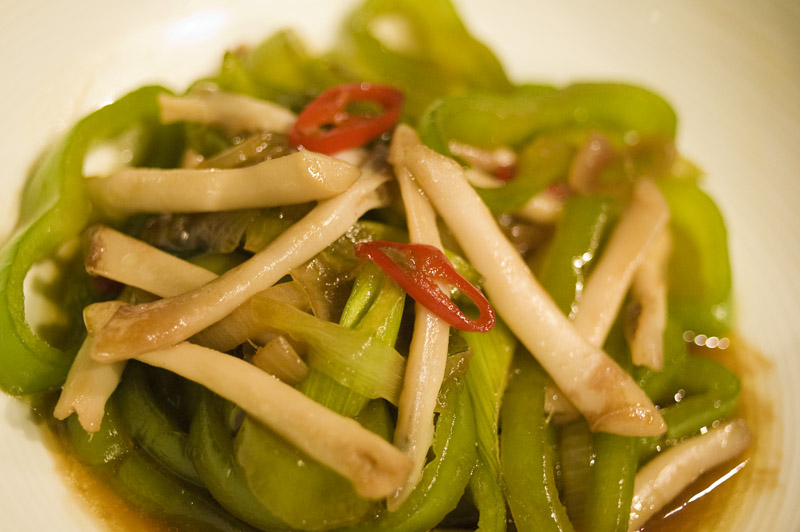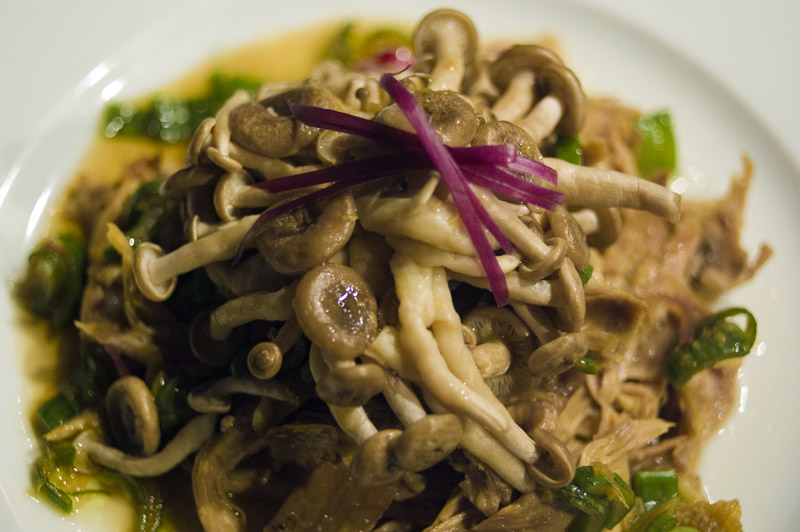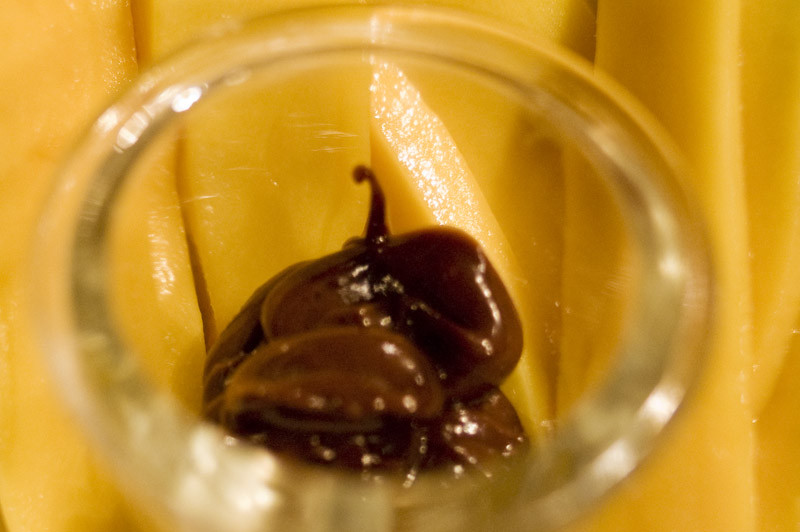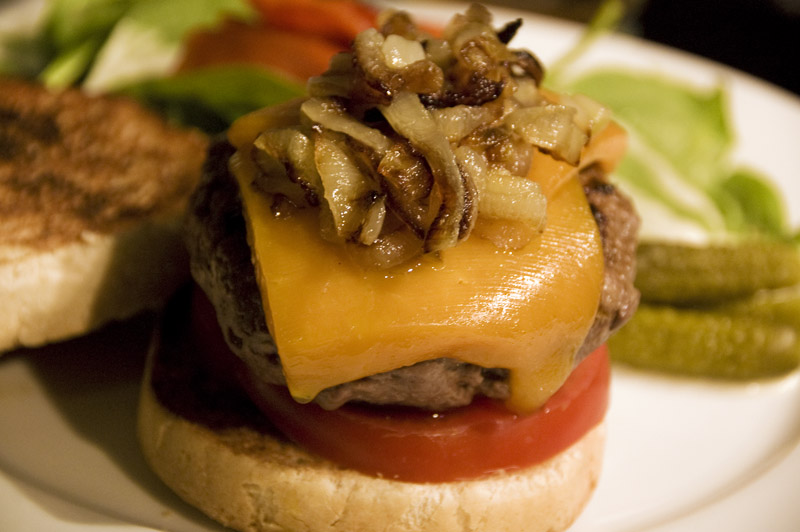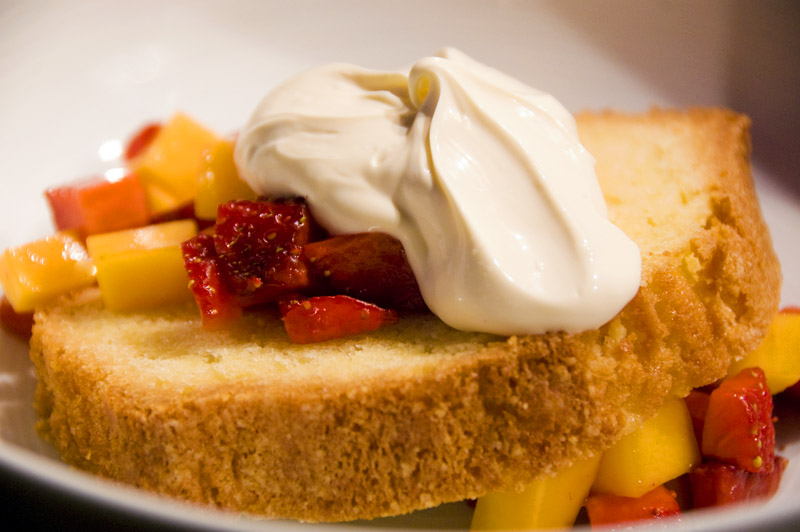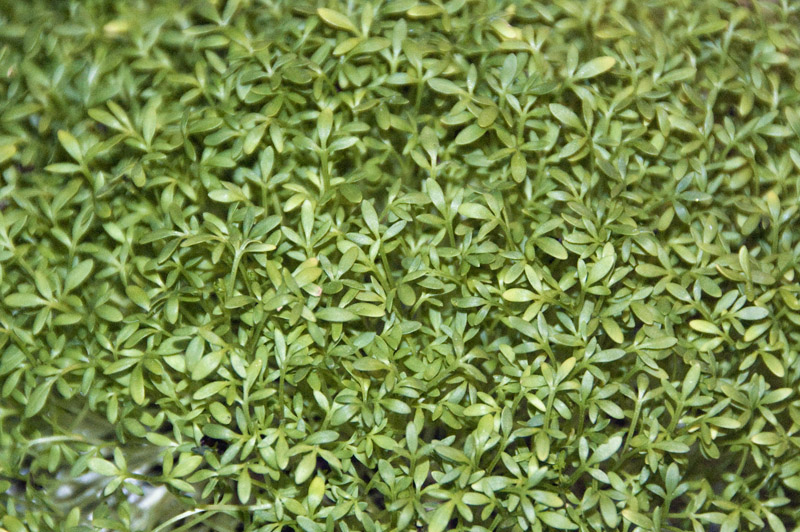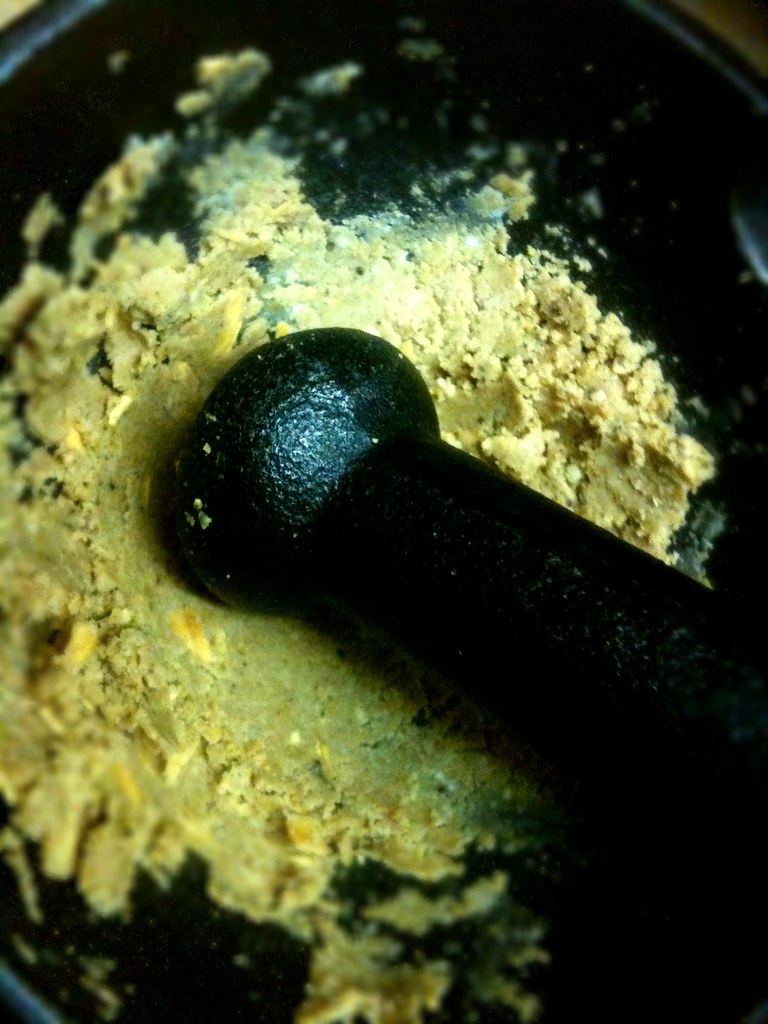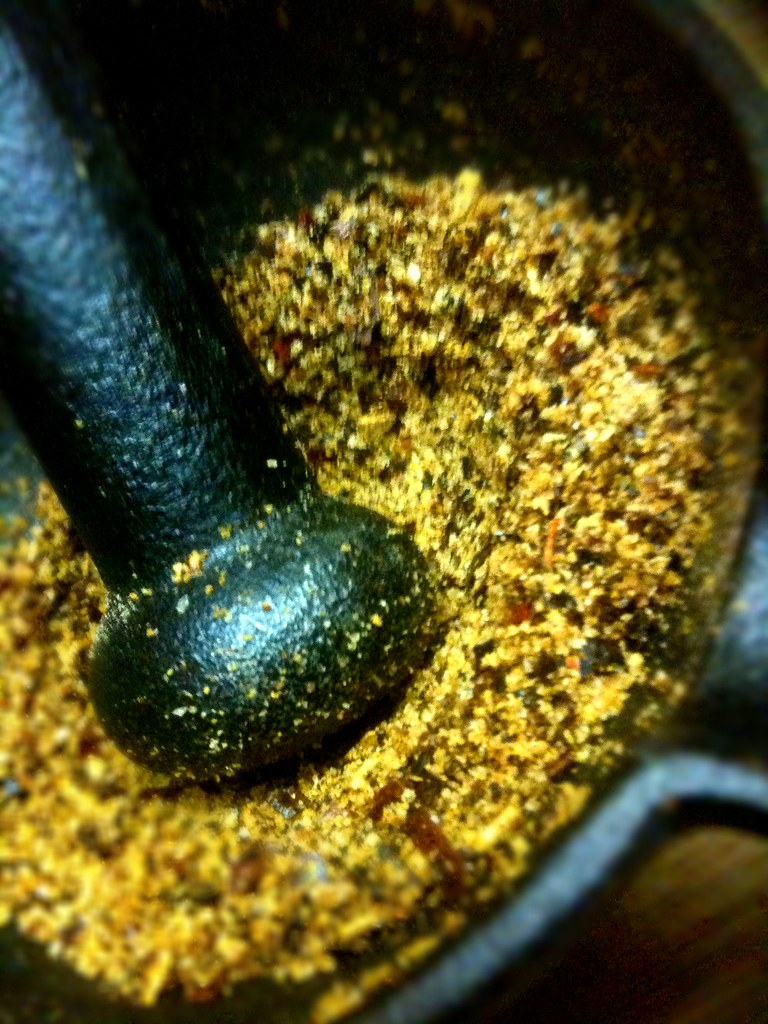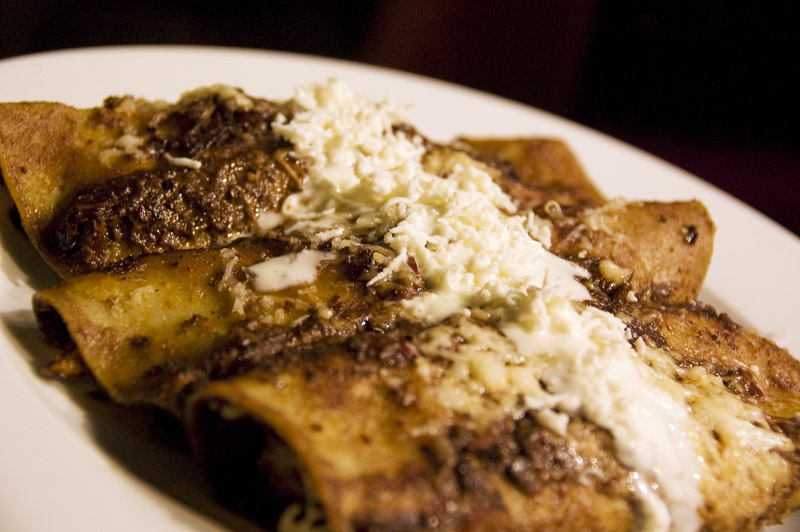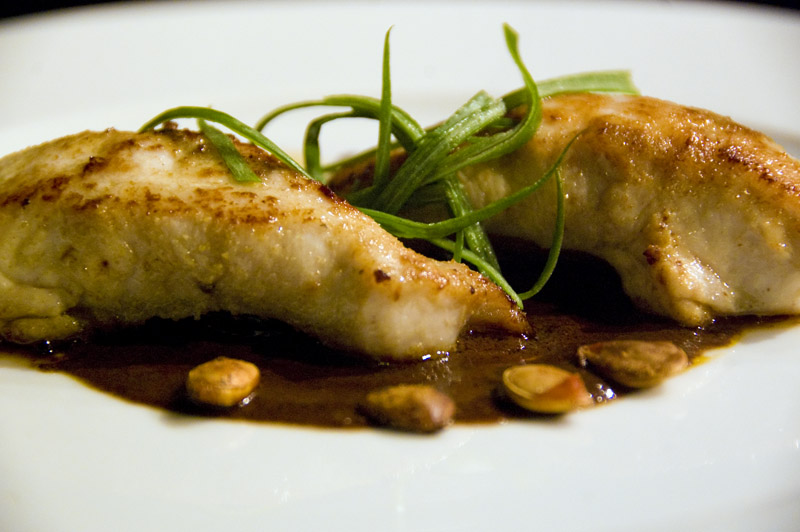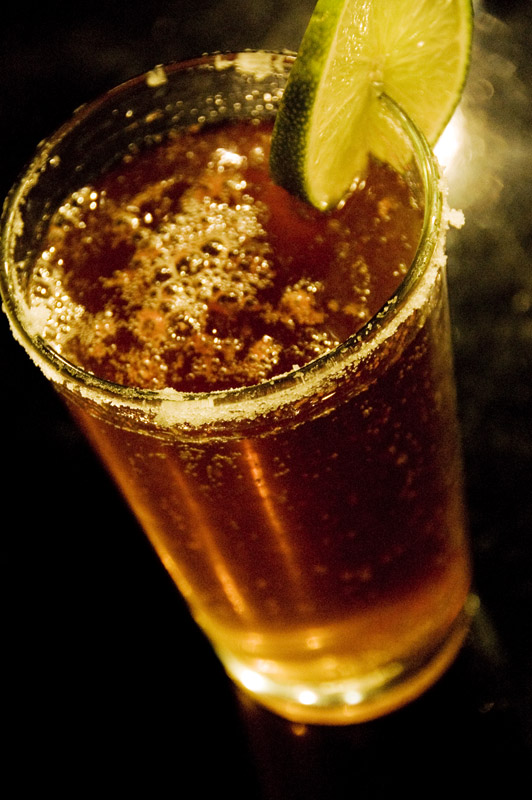Bastard food has its place, of course.
In fact, this last weekend I got out of bed a bit before Alannah and whipped together some migas, a Tex-Mex bastardization of chilaquiles: Fried stale tortillas scrambled with eggs, topped with chili or salsa, and served with a side of refried beans. (This isn't to be confused with the trendy Spanish version of migas, which is actually not the original, but a derivative of the Texan dish. Whoodathunkit?)
At any rate, this isn't about migas. This is about Alannah's insatiable craving after having snacked on my weekend treat. We had things to do and places to go, but she wanted churros. The trouble is, it was Saturday. And the only good churros we've found in Paris are sold at the Bastille marché on Sundays. (Any and all tips on how to get them on other days are welcome...) There are churro stands here and there, most notably near the crappy crèpe stands around the Grands Boulevards and other places foreigners go drinking, but good churros? Not a chance. The land of churros y chocolate may be just to the southwest, but this is a country resistant to imports.
Yes, churros are of Spanish origin. I always thought they were Mexican, because the guys selling them at amusement parks in California were Mexican. Or Filipino. But that's no way to determine food etymology, is it?
So anyway, Alannah decided to just do it: Make churros.
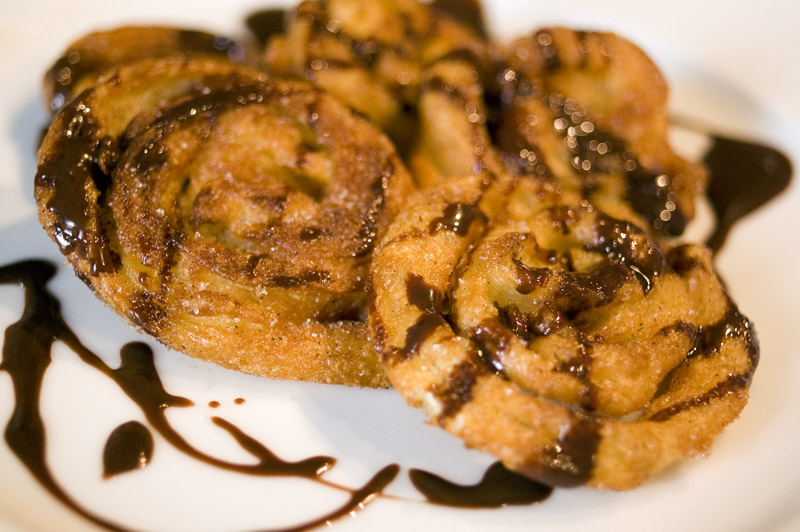 |
| These churros may look fancy, but they're actually a complete accident. Like your little brother. |
The batter's like a donut batter: Flour, eggs, milk, butter and sugar, only everything's integrated warm on the stove top... She made it and then passed it to me along with a huge pastry bag. So while she went to get all hot & steamy upstairs (in the shower), it was my duty to splash around with hot oil. Ain't marriage grand?
The only problem is that we don't have a huge star tip for the pastry bag. I tried using our biggest tip, squeezing gooey strips of churro batter into the hot oil, only to get what looked like donut-fries. Which I'm sure would do brisk business in middle America, but my gal wanted churros, dammit. Crisp on the outside, chewy-tender on the inside, and hot hot hot! These pathetic little pencil-dicked strips would not satisfy.
So my Middle Eastern blood kicked in and for the next batch, I squeezed the sac and flipped my wrist in a twirling motion, as though making zoolbia (in Persian, otherwise known as jalebi in Indian/Pakistani cooking). I filled the hot oil with little disks of tightly swirled dough, the end result a golden-brown rose of churro goodness.
By the time Alannah was dressed and back downstairs, I was finishing up a chocolate sauce to drizzle over the hot churros I'd already tossed in cinnamon sugar: Cream, a lot of cacao powder, sugar, cinammon, cayenne pepper, and a few drops of melting chocolate to thicken it.
So I give you, ladies and gentlemen, Chur-rose. Churros shaped like little roses. Hot, sweet, a little bit spicy, and – best of all – a perfectly acceptable bastardization of Latin food that didn't cost an arm and a leg.


